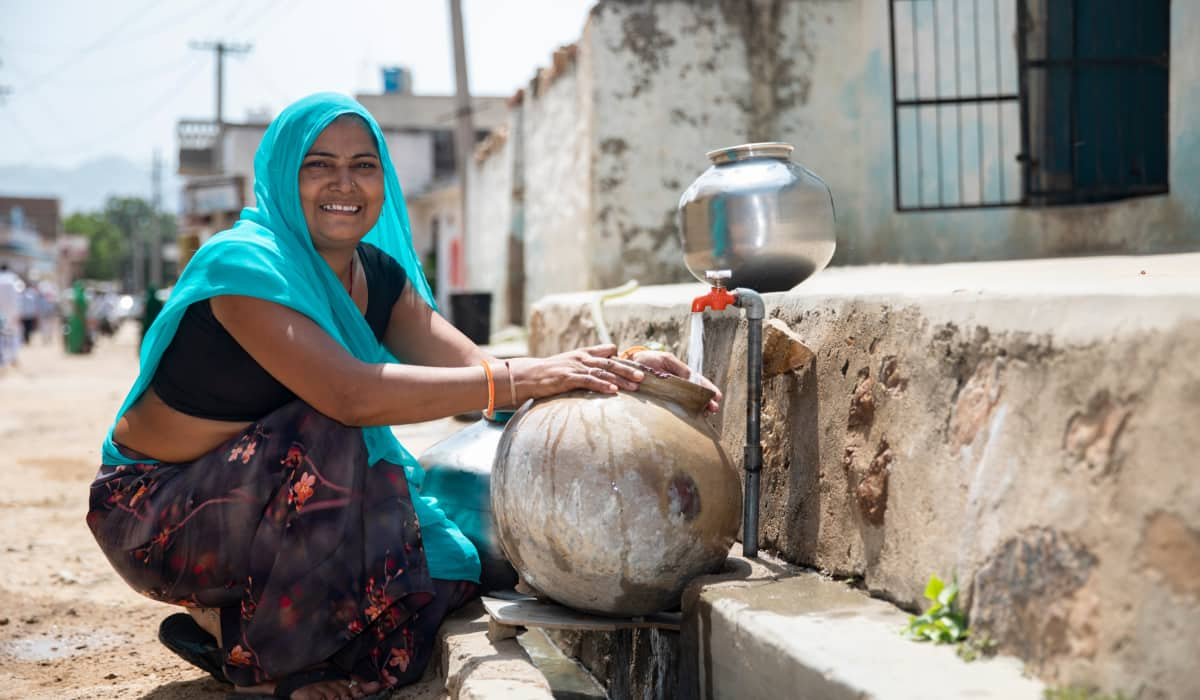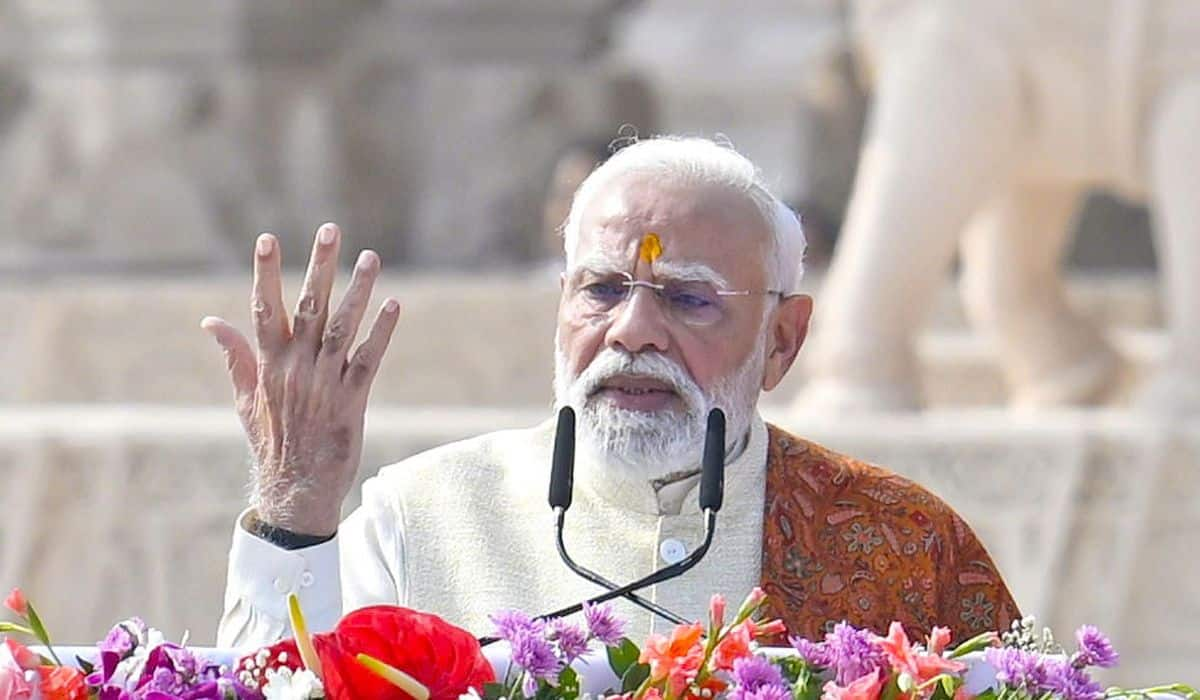The ‘Make in India’ initiative is based on four pillars to boost entrepreneurship in India, not only in manufacturing but also in other sectors.
New Processes: ‘Make in India’ recognizes ‘ease of doing business’ as the single most important factor to promote entrepreneurship. A number of initiatives have already been undertaken to ease business environment. The aim is to de-license and de-regulate the industry during the entire life cycle of a business.
New Infrastructure: Availability of modern and facilitating infrastructure is a very important requirement for the growth of industry. Government intends to develop industrial corridors and smart cities to provide infrastructure based on state-of-the-art technology with modern high-speed communication and integrated logistic arrangements. Existing infrastructure to be strengthened through upgradation of infrastructure in industrial clusters.
New Sectors: ‘Make in India’ has identified 25 sectors in manufacturing, infrastructure and service activities and detailed information is being shared through interactive web-portal and professionally developed brochures.
New Mindset: Industry is accustomed to see Government as a regulator. ‘Make in India’ intends to change this by bringing a paradigm shift in how Government interacts with industry. The Government will partner with industry in the economic development of the country. Our approach will be that of a facilitator and not that of a regulator.

‘Make in India’ has created fans and admirers domestically, among business leaders as well as foreign leaders. The world is eager to partner India in this landmark

We have created a roadmap for the single largest manufacturing initiative undertaken by any nation in recent history. This demonstrates the transformational power of public-private partnership. This collaborative model has also been successfully extended to include India’s global partners as well.
In a short space of time, the obsolete and obstructive frameworks of the past have been dismantled and replaced with a transparent and user-friendly system that is helping drive investment, foster innovation, develop skills, protect IP and build best-in-class manufacturing infrastructure.

With the easing of investment caps and controls, India’s high-value industrial sectors – defence, construction and railways – are now open to global participation. Policy in Defence sector liberalised and FDI cap raised from 26% to 49%. Portfolio investment in Defence sector permitted upto 24% under the automatic route. 100% FDI allowed in Defence sector for modern and state- of- the- art technology on case to case labels.100% FDI under automatic route permitted in construction, operation and maintenance in specified Rail Infrastructure projects.
Simplified Tax system has been formulated for Ease of doing Business. Basic customs duty on 22 inputs/raw materials has reduced manufacturing cost in various sectors. GAAR to be deferred by two years. Rate of Income Tax on royalty and fees from technical services reduced from 25% to 10% to facilitate technology inflow.
Number of documents required for export and import of goods have been reduced to three. 14 Government of India Services through online single window portal of eBiz. Investor Facilitation Cell created to guide, assist and handhold investors. Process of applying for Industrial Licence & Industrial Entrepreneur Memorandum made online on 24x7 basis through eBiz portal. Validity of Industrial license extended to three years. Major components of Defence products’ list excluded from industrial licensing. Requirement of NOC/Consent to establish for new electricity connection eliminated.

GOI is also building a pentagon of corridors across the country to boost manufacturing and to project India as a Global Manufacturing destination of the world.
PM’s speech at the launch of Make in India
For more details visit: https://www.makeinindia.com/
















